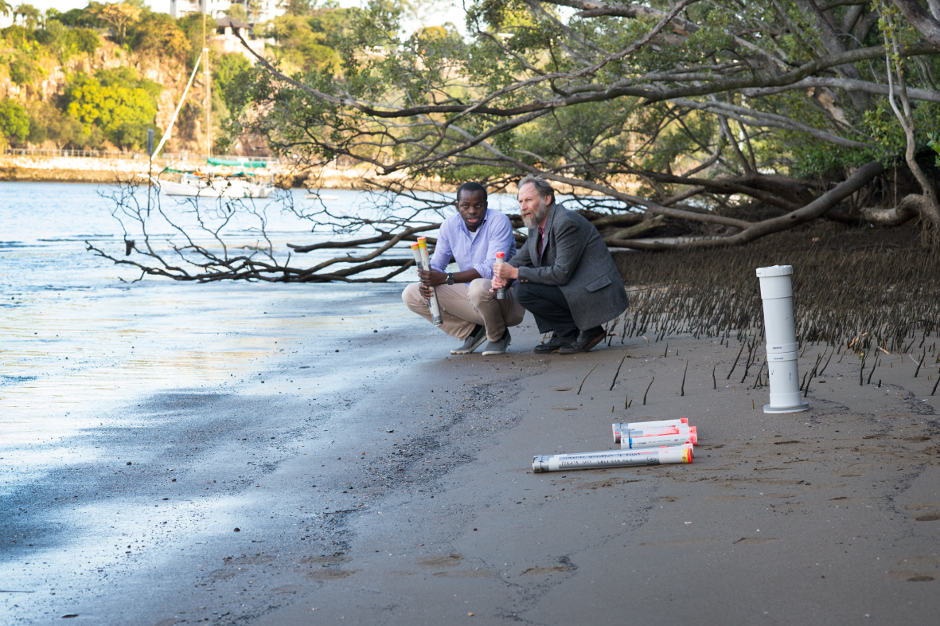
Housed in PVC piping, the new devices reportedly make it possible to get vital information on changes to river water as it happens.
The so-called Drifters have been developed by Queensland University of Technology (QUT) mechanical engineers Prof Richard Brown and Dr Kabir Suara, plus satellite engineers Prof Yanming Feng and Dr Charles Wang.
Floating and fixed Drifters are currently undergoing field trials with the Sunshine Coast Council at Lake Currimundi and Pumicestone Passage, a waterway between Bribie Island and the mainland in Queensland.
“We are testing their measurement of water pH, turbidity, salinity, dissolved oxygen and temperature – all indicators of water quality,” said Brown.
The Drifters could also be used to investigate land-use changes including agricultural practices and waste disposal.
According to Brown, each drifter is equipped with GPS for tracking and each one is specially weighted to float 1 to 2cm above the water’s surface to ensure they are carried by the water and not the wind.
“Testing so far has shown high-resolution data on location, velocity and flow or fluxes of sediments and contaminants,” said Brown. “Tests on fixed Drifters show their GPS data is sensitive to height measurement and so it could be used to monitor both sediment transport and water height during a flood.”
Suara said the Drifters would become a relatively affordable way to monitor rivers, creeks and estuaries at several locations simultaneously.
“They will enable us to pinpoint sources of pollutants in run-off and help understand how particular pollutants are mixing with the rest of the water,” said Suara.
“We will be able to monitor how changes in rainfall affect sediment load between summer and winter which could enable better understanding and prediction of algal blooms in particular locations.”
Brown added that Drifters could be invaluable for monitoring floodwaters. “Drifters could be used in an emergency situation – you could drop them out of a helicopter to safely monitor the velocity and depth of the floodwaters in order to issue warnings,” he said. “We hope that the low cost and accessibility of the Drifters will make it possible for community science projects by catchment management groups.”





Poll: Should the UK’s railways be renationalised?
The term innovation is bandied about in relation to rail almost as a mantra. Everything has to be innovative. There is precious little evidence of...